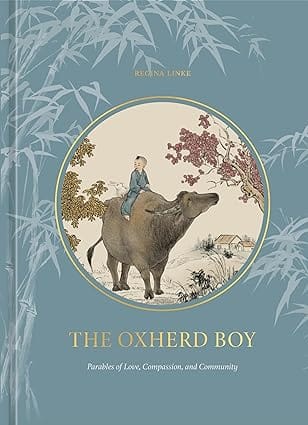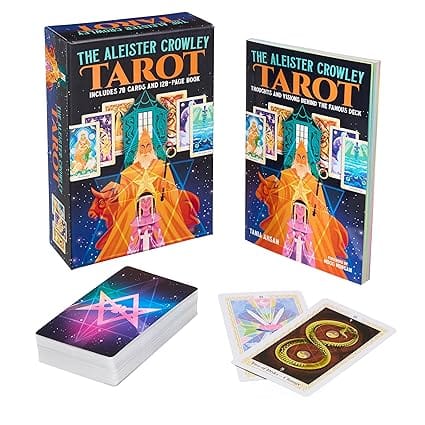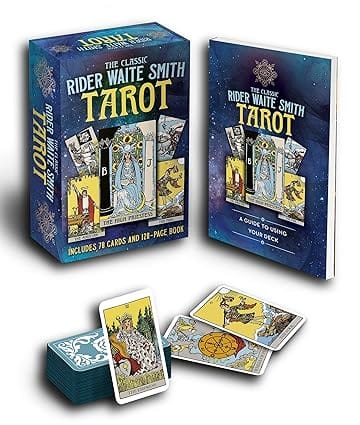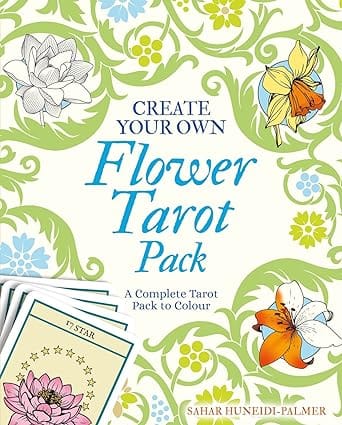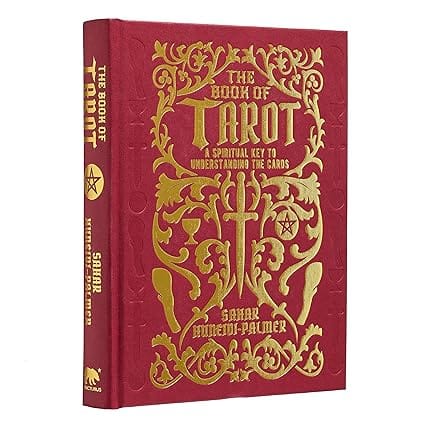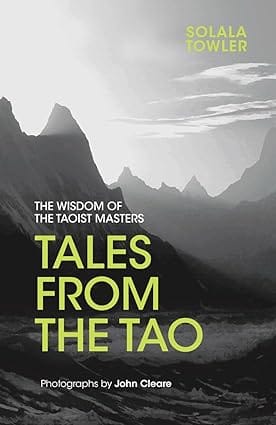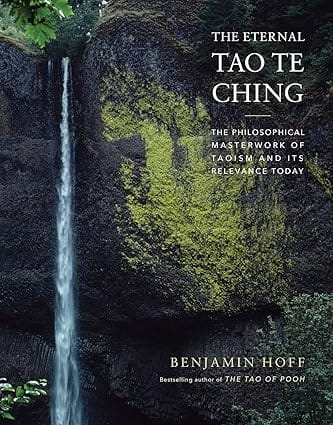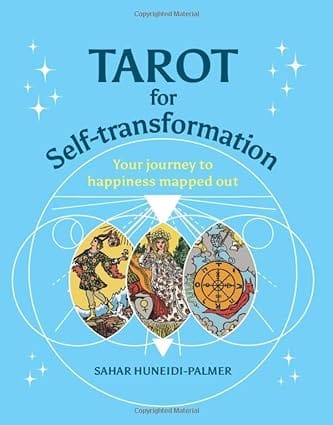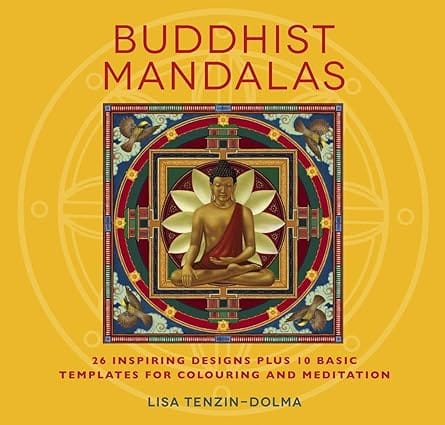WELCOME TO MIDLAND BOOK SHOP!
SHOP FOR
- Contemporary Fiction
- Contemporary Fiction
- Children
- Children
- Comics & Graphic Novels
- Comics & Graphic Novels
- Non-Fiction
- Non-Fiction
- Fiction
- Fiction
Shop No.20, Aurobindo Palace Market, Hauz Khas, Near Church +91 9818282497 | 011 26867121 110016 New Delhi IN
Midland The Book Shop ™
Shop No.20, Aurobindo Palace Market, Hauz Khas, Near Church +91 9818282497 | 011 26867121 New Delhi, IN
+919871604786 https://www.midlandbookshop.com/s/607fe93d7eafcac1f2c73ea4/6468e33c3c35585403eee048/without-tag-line-480x480.png" [email protected]9780593580547 663b72a032e395b63d9e60d2 The Oxherd Boy Parables Of Love, Compassion, And Community https://www.midlandbookshop.com/s/607fe93d7eafcac1f2c73ea4/663b72a132e395b63d9e60ee/71t0wawu39l-_sy425_.jpg 9780593580547
About the Author
Regina Linke is a Taiwanese American artist specializing in contemporary Chinese gongbi painting, an ancient form of brush painting that depicts narrative subjects in colorful high detail. She writes and illustrates stories that celebrate East Asian folklore and philosophy in an accessible and modern way. She lives with her family in Westerly, Rhode Island.
Excerpt. © Reprinted by permission. All rights reserved.
Introduction
“You’ll never be a great gongbi artist.”
Having grown up through a supportive American school system in the 90s, I found this verdict, delivered so definitively by my painting teacher in Taiwan, surprising and harsh. Though he continued to advise me that I’d have greater opportunities if I developed my own style separate from tradition, I didn’t feel any better. It wasn’t clear to me how I would change the direction of my career as an artist.
I was thirty-five years old, living in my parents’ home again in a new city on the other side of the world. It was a place where I could navigate the matters of daily living but struggled to plumb the depths of cultural nuance. And it was here that my husband and I chose to raise our young son who was at an age where he demanded answers to some big questions on life and death, love and fear, fairness and forgiveness—basically, what it meant to be a human being. It was strange to be confronted with my own ignorance about such fundamental, universal topics; and it was in this crucible that I began The Oxherd Boy.
The three friends you’ll meet—the ox, the oxherd boy, and the rabbit—take shape around the Three Harmonious Teachings, which are the pillars of Chinese philosophical thought. We first encounter the boy, a character inspired by Taoism. He looks at the world without judging right from wrong, accepting both as a source of balance in the world. The ox, a strong and simple character who views the world through a Buddhist lens, joins the boy’s innocence with kindness. We all experience pain and suffering on this earth, and therefore, we are all capable of compassion. Lastly, the rabbit, representing Confucianism, comes into the fold. She is an active and industrious participant concerned with how we look after each other here on earth. Together, they help one another develop peaceful relationships with nature, their community of family and neighbors, and themselves.
As delightful as it’s been to create this collection with my son in mind, what I didn’t expect was how much the project would shape my own self-awareness and understanding. Working on The Oxherd Boy continues to inform and guide my own patterns as a parent, an emerging artist and author, and in general, a person engaged in the slow work of illuminating previously unexamined corners of her heart and mind.
As it would turn out, The Oxherd Boy became the book that I most needed to create for myself. But this world is for you, too. I hope you enjoy it as much as I have.
“You’ll never be a great gongbi artist.”
Having grown up through a supportive American school system in the 90s, I found this verdict, delivered so definitively by my painting teacher in Taiwan, surprising and harsh. Though he continued to advise me that I’d have greater opportunities if I developed my own style separate from tradition, I didn’t feel any better. It wasn’t clear to me how I would change the direction of my career as an artist.
I was thirty-five years old, living in my parents’ home again in a new city on the other side of the world. It was a place where I could navigate the matters of daily living but struggled to plumb the depths of cultural nuance. And it was here that my husband and I chose to raise our young son who was at an age where he demanded answers to some big questions on life and death, love and fear, fairness and forgiveness—basically, what it meant to be a human being. It was strange to be confronted with my own ignorance about such fundamental, universal topics; and it was in this crucible that I began The Oxherd Boy.
The three friends you’ll meet—the ox, the oxherd boy, and the rabbit—take shape around the Three Harmonious Teachings, which are the pillars of Chinese philosophical thought. We first encounter the boy, a character inspired by Taoism. He looks at the world without judging right from wrong, accepting both as a source of balance in the world. The ox, a strong and simple character who views the world through a Buddhist lens, joins the boy’s innocence with kindness. We all experience pain and suffering on this earth, and therefore, we are all capable of compassion. Lastly, the rabbit, representing Confucianism, comes into the fold. She is an active and industrious participant concerned with how we look after each other here on earth. Together, they help one another develop peaceful relationships with nature, their community of family and neighbors, and themselves.
As delightful as it’s been to create this collection with my son in mind, what I didn’t expect was how much the project would shape my own self-awareness and understanding. Working on The Oxherd Boy continues to inform and guide my own patterns as a parent, an emerging artist and author, and in general, a person engaged in the slow work of illuminating previously unexamined corners of her heart and mind.
As it would turn out, The Oxherd Boy became the book that I most needed to create for myself. But this world is for you, too. I hope you enjoy it as much as I have.
in stockINR 639
1 1
Email ID already exists!
Your Current password is incorrect
Password Updated Successfully
Thanks for your Feedback
- Home
- Non-Fiction
- The Oxherd Boy Parables Of Love, Compassion, And Community
The Oxherd Boy Parables Of Love, Compassion, And Community
ISBN: 9780593580547
₹639
₹799 (20% OFF)SIZE GUIDE
Sold By: Hauz Khas - Aurobindo Market
Details
- ISBN: 9780593580547
- Author: Regina Linke
- Publisher: Clarkson Potter
- Pages: 160
- Format: Hardback
Book Description
About the Author
Regina Linke is a Taiwanese American artist specializing in contemporary Chinese gongbi painting, an ancient form of brush painting that depicts narrative subjects in colorful high detail. She writes and illustrates stories that celebrate East Asian folklore and philosophy in an accessible and modern way. She lives with her family in Westerly, Rhode Island.
Excerpt. © Reprinted by permission. All rights reserved.
Introduction
“You’ll never be a great gongbi artist.”
Having grown up through a supportive American school system in the 90s, I found this verdict, delivered so definitively by my painting teacher in Taiwan, surprising and harsh. Though he continued to advise me that I’d have greater opportunities if I developed my own style separate from tradition, I didn’t feel any better. It wasn’t clear to me how I would change the direction of my career as an artist.
I was thirty-five years old, living in my parents’ home again in a new city on the other side of the world. It was a place where I could navigate the matters of daily living but struggled to plumb the depths of cultural nuance. And it was here that my husband and I chose to raise our young son who was at an age where he demanded answers to some big questions on life and death, love and fear, fairness and forgiveness—basically, what it meant to be a human being. It was strange to be confronted with my own ignorance about such fundamental, universal topics; and it was in this crucible that I began The Oxherd Boy.
The three friends you’ll meet—the ox, the oxherd boy, and the rabbit—take shape around the Three Harmonious Teachings, which are the pillars of Chinese philosophical thought. We first encounter the boy, a character inspired by Taoism. He looks at the world without judging right from wrong, accepting both as a source of balance in the world. The ox, a strong and simple character who views the world through a Buddhist lens, joins the boy’s innocence with kindness. We all experience pain and suffering on this earth, and therefore, we are all capable of compassion. Lastly, the rabbit, representing Confucianism, comes into the fold. She is an active and industrious participant concerned with how we look after each other here on earth. Together, they help one another develop peaceful relationships with nature, their community of family and neighbors, and themselves.
As delightful as it’s been to create this collection with my son in mind, what I didn’t expect was how much the project would shape my own self-awareness and understanding. Working on The Oxherd Boy continues to inform and guide my own patterns as a parent, an emerging artist and author, and in general, a person engaged in the slow work of illuminating previously unexamined corners of her heart and mind.
As it would turn out, The Oxherd Boy became the book that I most needed to create for myself. But this world is for you, too. I hope you enjoy it as much as I have.
“You’ll never be a great gongbi artist.”
Having grown up through a supportive American school system in the 90s, I found this verdict, delivered so definitively by my painting teacher in Taiwan, surprising and harsh. Though he continued to advise me that I’d have greater opportunities if I developed my own style separate from tradition, I didn’t feel any better. It wasn’t clear to me how I would change the direction of my career as an artist.
I was thirty-five years old, living in my parents’ home again in a new city on the other side of the world. It was a place where I could navigate the matters of daily living but struggled to plumb the depths of cultural nuance. And it was here that my husband and I chose to raise our young son who was at an age where he demanded answers to some big questions on life and death, love and fear, fairness and forgiveness—basically, what it meant to be a human being. It was strange to be confronted with my own ignorance about such fundamental, universal topics; and it was in this crucible that I began The Oxherd Boy.
The three friends you’ll meet—the ox, the oxherd boy, and the rabbit—take shape around the Three Harmonious Teachings, which are the pillars of Chinese philosophical thought. We first encounter the boy, a character inspired by Taoism. He looks at the world without judging right from wrong, accepting both as a source of balance in the world. The ox, a strong and simple character who views the world through a Buddhist lens, joins the boy’s innocence with kindness. We all experience pain and suffering on this earth, and therefore, we are all capable of compassion. Lastly, the rabbit, representing Confucianism, comes into the fold. She is an active and industrious participant concerned with how we look after each other here on earth. Together, they help one another develop peaceful relationships with nature, their community of family and neighbors, and themselves.
As delightful as it’s been to create this collection with my son in mind, what I didn’t expect was how much the project would shape my own self-awareness and understanding. Working on The Oxherd Boy continues to inform and guide my own patterns as a parent, an emerging artist and author, and in general, a person engaged in the slow work of illuminating previously unexamined corners of her heart and mind.
As it would turn out, The Oxherd Boy became the book that I most needed to create for myself. But this world is for you, too. I hope you enjoy it as much as I have.
User reviews
NEWSLETTER
Subscribe to get Email Updates!
Thanks for subscribing.
Your response has been recorded.

India's Iconic & Independent Book Store offering a vast selection of books across a variety of genres Since 1978.
"We Believe In The Power of Books" Our mission is to make books accessible to everyone, and to cultivate a culture of reading and learning. We strive to provide a wide range of books, from classic literature, sci-fi and fantasy, to graphic novels, biographies and self-help books, so that everyone can find something to read.
Whether you’re looking for your next great read, a gift for someone special, or just browsing, Midland is here to make your book-buying experience easy and enjoyable.
We are shipping pan India and across the world.
For Bulk Order / Corporate Gifting
 +91 9818282497 |
+91 9818282497 |  [email protected]
[email protected]
Click To Know More
INFORMATION
ACCOUNT
QUICK LINKS
ADDRESS
Midland Book Shop - Hauz Khas
Shop No.20, Aurobindo Palace Market, Near Church, New Delhi
Shop No.20, Aurobindo Palace Market, Near Church, New Delhi

